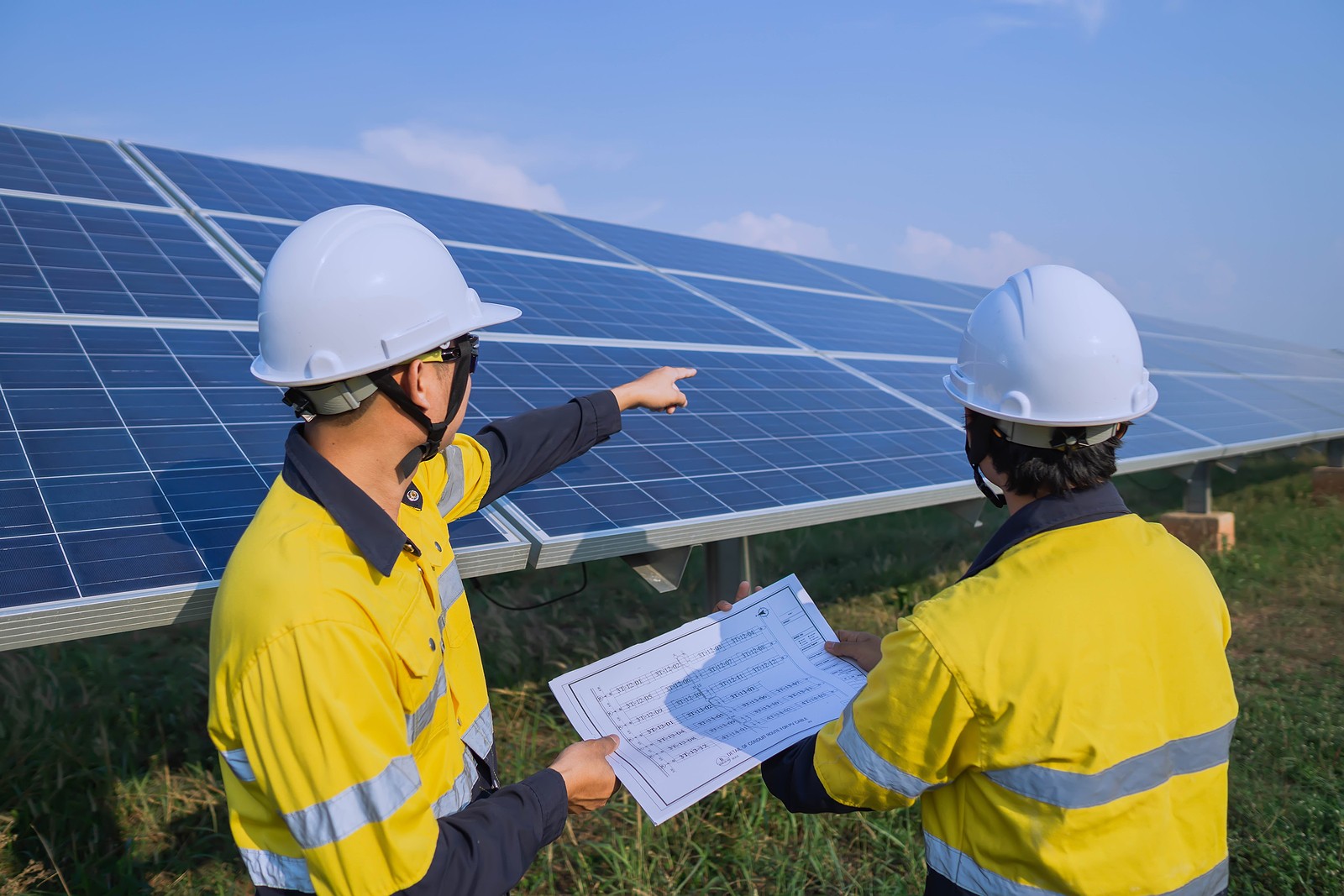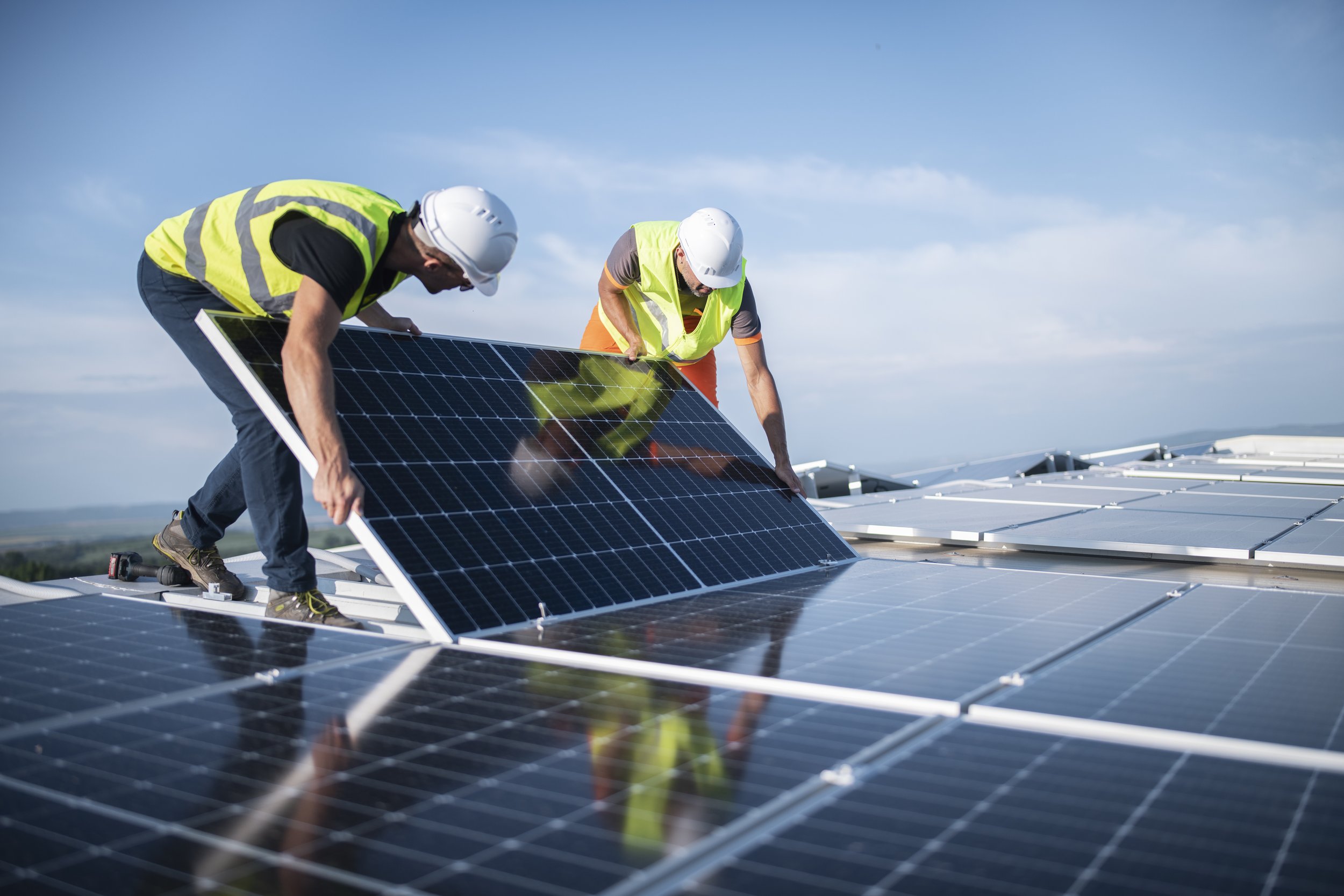Residential Solar Installation: Frequent Errors to Steer Clear of Throughout Solar Panel Installation
Solar Home Power Systems: Renewable Resource Systems Harness Sunshine To Generate Clean Electrical Energy For Residences And Organizations
History and Development of Solar Panels
Have you ever stopped to question how an easy piece of technology turned sunshine into electrical energy? The journey of solar panels is absolutely nothing brief of a modern-day epic, woven with minutes of interest, innovation, and a dash of serendipity. It was back in 1839 when Edmond Becquerel, a young French physicist, noticed that particular products produced small electrical currents when exposed to light. This discovery planted the seed for what would eventually become the photovoltaic transformation.
Early Milestones in Solar Technology
- 1876: William Grylls Adams and his trainee Richard Evans Day demonstrated that selenium might generate electrical power from light, a precursor to contemporary solar batteries.
- 1954: Bell Laboratories unveiled the very first useful silicon solar battery, which transformed sunlight to electrical energy at about 6% effectiveness.
- 1960s: Photovoltaic panel discovered a niche in powering satellites, showing their worth in area expedition.
Isn't it interesting how something developed for orbit ultimately found its method to roofs worldwide? The trajectory of solar panels from experimental curiosities to reliable energy sources mirrors the broader dance of human resourcefulness and ecological awareness.
Key Developments That Shaped Solar Panels
| Year | Development | Impact |
|---|---|---|
| 1970s | Thin-film solar cells introduced | Decreased product costs, increased flexibility |
| 1980s | Improvements in silicon purity | Enhanced efficiency and lifespan |
| 2000s | Advancement of multi-junction cells | Enhanced energy conversion rates substantially |
Reflect for a moment: how did these incremental improvements modify the landscape of sustainable energy? By constantly pressing borders, solar technology changed from a niche development into a worldwide powerhouse. The efficiency and affordability of photovoltaic panels surged, sparking a wave of adoption that seemed impossible just a few decades before.
Personal Insight: A Sunlit Epiphany
I remember checking out a little rural town where the setup of photovoltaic panels stimulated a profound modification. Children studied under bright LED lights powered entirely by the sun. It struck me-- this innovation didn't simply transform photons; it converted hope into tangible progress. Isn't that the supreme power of solar energy?
In the grand tapestry of energy history, solar panels stick out as a beacon-- a testament to human willpower and the relentless pursuit of cleaner, sustainable futures. From the curious experiments of 19th-century scientists to the streamlined, effective ranges we see today, the story of solar panels reminds us that in some cases, the brightest concepts begin with an easy ray of light.
Unveiling the Spectrum: Kinds Of Photovoltaic Panel Technologies
Ever wondered why some solar panels shine like glass while others resemble dark, matte tiles? The secret lies deep in their technology. From crystalline silicon to thin movies, solar panels come in a selection of styles, each with its peculiarities and effectiveness.
Crystalline Silicon Panels: The Workhorse of Solar
Monocrystalline and polycrystalline panels control the landscape. Monocrystalline, made from a single silicon crystal, uses the highest efficiency rates-- sometimes exceeding 22%. This comes at a cost: their manufacturing procedure is energy-intensive. Polycrystalline panels, on the other hand, are made from several silicon pieces melted together. They sport a characteristic speckled blue hue and usually fall a little behind in efficiency, hovering around 15-17%. Yet, they frequently cost less in advance.
Think of installing a monocrystalline selection on your roof; the smooth black panels take in the sun's rays like a sponge. What if your roofing system's shape or shading isn't perfect? Polycrystalline panels may manage partial shading better, a nuance frequently overlooked.
Thin-Film Solar Panels: Flexibility Fulfills Innovation
Thin-film innovation departs from the bulky silicon wafers and instead layers photovoltaic material on substrates like glass, plastic, or metal. Cadmium telluride (CdTe) and copper indium gallium selenide (CIGS) are popular thin-film materials using lightweight and versatile options.
- Thin-film panels tend to carry out much better in low-light or high-temperature environments.
- They're less efficient general-- typically around 10-12%-- however their versatility can be a game-changer for non-traditional installations.
- Due to the fact that they're lighter, they're in some cases preferred for rooftops not able to support heavy loads.
Emerging Technologies and the Roadway Ahead

Perovskite solar cells, typically hailed as the next huge leap, have stirred enjoyment for their potential to reach performances similar to silicon panels but at a fraction of the expense. Their durability stays under examination, similar to a promising novel whose ending is still unwritten.
Have you ever faced the aggravation of your solar output dipping unexpectedly? Often, the perpetrator isn't dirt or shading however the panel's intrinsic reaction to temperature level variations. Crystalline silicon panels tend to lose performance as temperature levels skyrocket, often by about 0.5% per degree Celsius above 25 ° C. Expert Tips for Picking the Right Technology
- Examine your environment: Is your area vulnerable to high heat or regular cloud cover? Thin-film panels may outshine silicon in these conditions.
- Consider installation restrictions: Restricted roof space? Monocrystalline panels load more power per square foot.
- Evaluate long-term resilience: Silicon panels have decades of proven dependability, while new technologies like perovskite are still proving their nerve.
- Factor in looks and integration: Some house owners value the sleek black appearance of monocrystalline panels, while others choose the less obtrusive thin-film choices.
| Technology | Typical Efficiency | Strengths | Considerations |
|---|---|---|---|
| Monocrystalline Silicon | 20-22% | High effectiveness, streamlined look | Greater production energy, cost |
| Polycrystalline Silicon | 15-17% | Lower expense, much easier manufacturing | Less efficient, blue speckled look |
| Thin-Film (CdTe, CIGS) | 10-12% | Lightweight, flexible, great in shade | Lower effectiveness, shorter lifespan |
| Perovskite (Emerging) | 15-20% (lab scale) | Potentially low expense, high performance | Stability and durability concerns |
Installation: The Unsung Hero of Solar Effectiveness
Think of planting a seed in rocky soil and anticipating a rewarding tree. That's what solar panel installation seems like when done without accuracy. The angle and orientation of your panels can make or break the energy harvest. Panels angled improperly may indulge in sunshine, however they won't transform it effectively.
South-facing roofing systems generally soak up the most sun in the northern hemisphere, but what about roofs that face east or west? Tilt modifications can compensate, however not completely. The difference in between 15 degrees and 30 degrees tilt can quickly translate into a 10-15% drop in annual output.
Pro tip: When setting up, avoid shadows cast by chimneys, trees, or perhaps surrounding structures. Just a small shadow on one cell can Solar Panel Cost decrease the entire panel's output dramatically. Remember, solar cells resemble dominoes; if one falls, the rest follow.
Key Setup Aspects Impacting Efficiency
- Panel Orientation: South-facing is optimum in lots of regions however consider geographical specifics.
- Tilt Angle: Change seasonally or repair at the average optimal angle for your latitude.
- Shading: Even intermittent shadows can trigger disproportionate energy loss.
- Roofing system Material: Reflective surfaces can increase panel temperature levels, decreasing effectiveness.
- Ventilation: Panels carry out best when air distributes underneath, preventing overheating.
Effectiveness Aspects: Beyond the Surface area
Heat is a sly burglar. Heats deteriorate photovoltaic effectiveness. Panels rated at 25 ° C can lose 0.5% performance per degree above that. In scorching summers, that theft accumulates, making a shaded however cooler panel surpass a hotter, "completely lit" one.
Ever discovered how a newly set up selection appears to hum with pledge but slowly dips in output? Dust and gunk do their part, however so does intrinsic degradation. Panels lose about 0.5% to 1% efficiency every year, a subtle decline that compounds calmly.
Advanced Tips for Optimizing Performance
- Microinverters: Use these to ensure that shading or malfunction in one panel doesn't drag down the entire system.
- Bypass Diodes: They help keep output by isolating shaded or damaged cells within a panel.
- Regular Tracking: Track output daily to catch dips triggered by unforeseen aspects like bird droppings or particles.
- Optimize Circuitry: Thicker cables lower resistance loss, specifically in larger systems.

| Element | Influence on Performance | Expert Pointer |
|---|---|---|
| Panel Temperature | 0.5% effectiveness loss per ° C above 25 ° C | Set up panels with air flow underneath for cooling |
| Shading | As much as 80% output reduction from partial shading | Trim surrounding foliage frequently |
| Orientation & & Tilt | 10-15% annual output variation | Adjust tilt seasonally if possible |
| Circuitry Resistance | 2-5% energy loss in badly sized cable televisions | Use properly evaluated cables |
Environmental Impact and Benefits of Solar Panels
Have you ever stopped briefly to think about how the sunshine captured on your rooftop transforms into clean, renewable energy!.?. !? Solar panels act like silent guardians against the ruthless march of carbon emissions, turning photons into power without a whisper of contamination. The environmental footprint of solar innovation is terribly lighter compared to nonrenewable fuel sources, but it's not without its intricacies.
One frequently ignored aspect is the life cycle analysis of solar panels-- from basic material extraction to end-of-life disposal. Mining for silicon and uncommon metals can stir ecological ripples, yet advances in recycling technologies promise to close the loop more effectively than ever previously. Think of a future where photovoltaic panel waste ends up being the raw material for the next generation of cells-- circular and sustainable.
Key Environmental Advantages
- Decrease in greenhouse gases: Solar panels produce absolutely no emissions throughout operation, considerably cutting the carbon footprint of electrical energy generation.
- Water conservation: Unlike standard power plants, photovoltaic panels need minimal water, alleviating tension on aquatic communities.
- Air quality improvement: By displacing coal and gas plants, solar energy lowers damaging toxins that contribute to smog and breathing diseases.
- Land utilize effectiveness: Integration of solar panels on rooftops and city areas decreases disturbance to natural habitats.
Unexpected Insights
Did you know that the energy repayment time for modern photovoltaic panels has shrunk drastically? Early designs required years to balance out the energy bought their manufacture. Today, some panels break even in under two years, a testimony to leaps in making performance. This suggests the environmental "expense" is repaid faster, leaving years of tidy energy ahead.
Pinpointing the ecological trade-offs needs a nuanced eye. For instance, using dangerous chemicals during production demands rigid controls-- overlooked in popular narratives however vital to sustainable deployment. What if we harnessed bioplastics or natural photovoltaics to soften this impact even more? The horizon is broad open for innovation.
Tips for Maximizing Ecological Benefits
- Choose for panels with high-efficiency ratings to create more power per square meter, reducing material usage.
- Think about the positioning and angle carefully-- watching and dirt build-up can calmly erode ecological gains by decreasing output.
- Engage with certified recyclers who concentrate on solar components to ensure accountable end-of-life handling.
- Track and enhance your system's efficiency with wise monitoring tools to catch dips in efficiency early.
| Ecological Aspect | Solar Panels | Coal Power Plants |
|---|---|---|
|
CO. 2Emissions. |
Near zero operational emissions | High emissions per kWh created |
| Water Use | Very little water use | Considerable water usage for cooling |
| Land Effect | Low, especially on roofs | High, frequently needing mining and garbage disposal |
| Waste Generation | Recyclable components increasing | Hazardous by-products needing disposal |